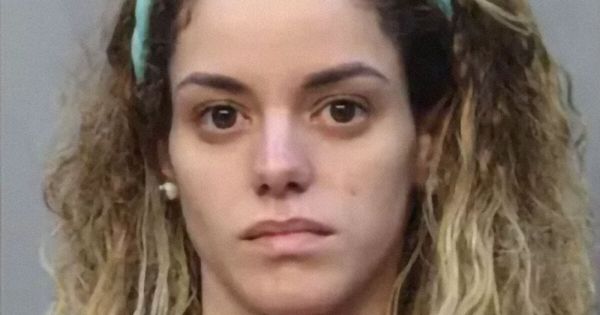On Aug. 28, a spectator at a volleyball game at Brigham Young University yelled the N-word multiple times at Rachel Richardson, a player from Duke University. There was no intervention by school officials until after the game. And while this may seem like an isolated incident, racist taunts like these are a routine experience for Black Americans, and silence from non-Black bystanders is the harmful norm.
The first time I was called the N-word to my face, it was by a white male patient who was angry because I would not discharge him from the hospital. It happened when I was on rounds as the doctor on call, in front of a crowd of white staff. Some of them were supervisors, who had been vocal seconds before about various hospital protocols to the angry patient, but all of them became silent after the N-word. Suddenly, the authoritative staff members had nothing to say. No one asked me if I was OK. No one told the patient that racism was unacceptable.
And the sad reality is that I hadn’t expected them to. My experience mirrored that of so many of my Black colleagues around the country, who had been targeted by racist threats while their non-Black colleagues said and did nothing.
As a medical student and now psychiatry resident in mental hospital settings, I’ve cared for and defended countless Black patients, many of them children, who have been tormented by white patients they share common spaces with, called the N-word multiple times as white staff watch without intervening. In my experience, the only staff who have responded with urgency in these situations, spoken up to protect Black children and explicitly stated to white children that racism would not be tolerated, were Black and brown staff. Some of my patients have been as young as 8 years old.
But there is nothing special or unique about hospitals — my Black child patients tell me that they are frequently called the N-word by white classmates at school and, again, often with no intervention from predominantly white teachers and administrators.
Self-proclaimed allies sometimes tell me that they don’t take a stand against racism because it is so subtle and difficult for them to identify. While this may be true in some cases, this explanation does not hold in the case of the racist language that uses the N-word — it can’t get more blatant than that.
Black youth suicide rates are on the rise, increasing faster than any other racial or ethnic group in America. Racism can and does contribute to depressive symptoms, and sometimes, is the trigger for depression itself. Yet Black youth are not only forced to contend with racist individuals, they must coexist in racist institutions that do not respond adequately when racism occurs. And that needs to change.
Legal action against hate speech is difficult to enforce. But in the meantime, hate speech protocols can be enforced across institutions. When instigators use hate speech, a coordinated and united response should be triggered, in which the aggressor is removed from the vicinity as soon as possible, with further accountability to follow. In the case of a sports game, like the one at Brigham Young, this is highly feasible — the spectator should have been kicked out of the venue immediately.
In a hospital, it is also possible to separate racist patients and restrict them to certain areas. If a racist incident involves children, the parents of the targeted child as well as the aggressor should be contacted, just as they would for other severe incidents. Racist incidents are detrimental not just because of the act of hatred itself, but because of the silence and lack of support from non-Black bystanders and institutions at large.
The N-word is not just an offensive word — it represents the traumatic history and current reality of the violent racism that Black Americans endure. What happened at Brigham Young was another failure to protect Black people and take an adequate stand against racism. Let’s not let it happen again.
____
ABOUT THE WRITER
Amanda J. Calhoun, MD, MPH is an adult/child psychiatry resident at Yale Child Study Center/Yale School of Medicine. This column was produced by Progressive Perspectives, which is run by The Progressive magazine and distributed by Tribune News Service.







